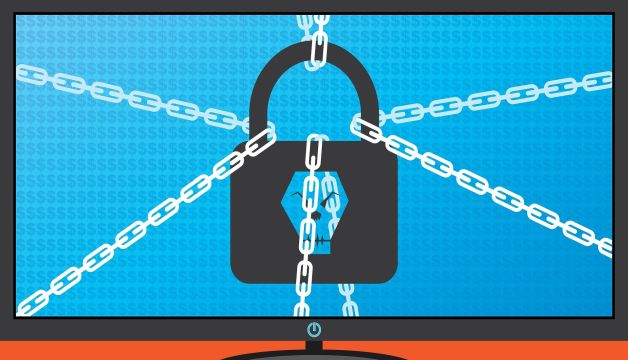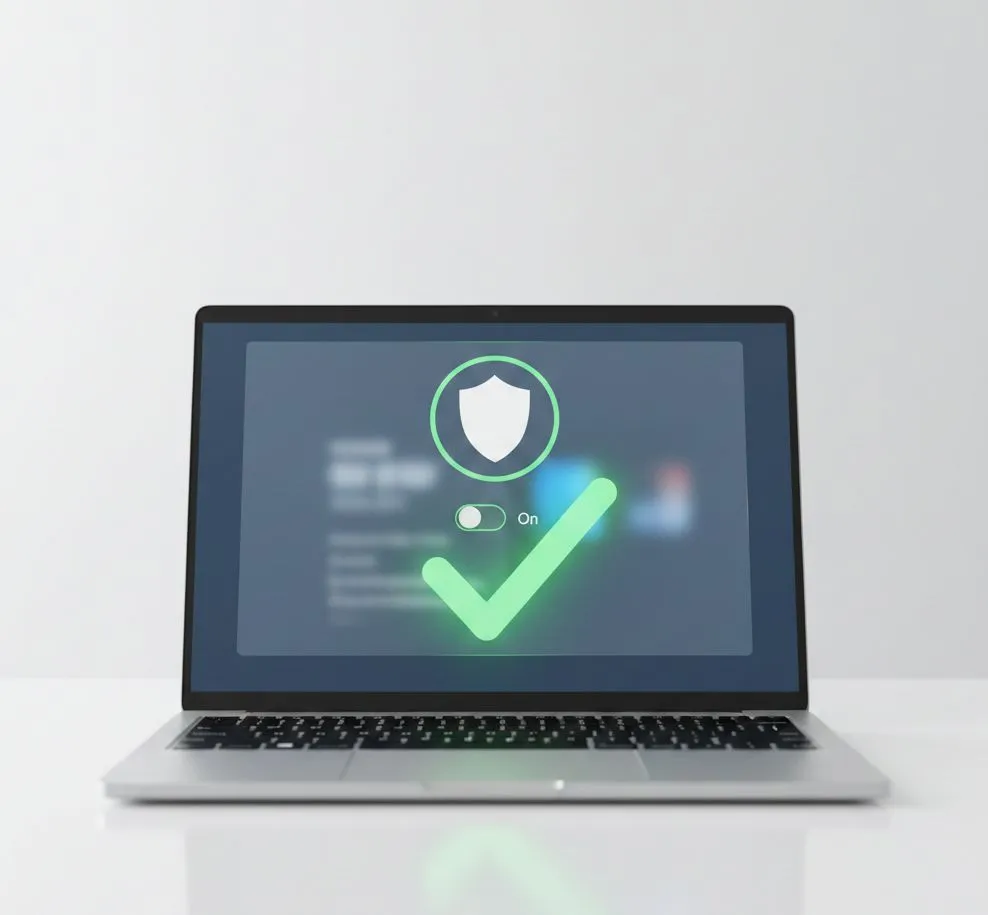How Does Ransomware Spread On A Network?
The tactic used by cybercriminals these days is to hire ransomware hackers who not only steal your confidential information but these criminals try various strategies to further convince the victim to pay the ransom.
In the past, ransomware attackers have broken into a company’s system and encrypted critical data. Without a consistent or more recent backup, this organization would have no choice but to pay an attacker to decrypt the data.
However, over time organizations have become more rigorous when it comes to backing up data. As a result, cybercriminals have developed brutal and particularly destructive tricks to pay the ransom.
Here’s how the ransomware attacker is pressuring the company to pay for the ransomware:
Disclosure Of Data:
A common tactic used by attackers is double blackmail. In this case, the criminal promises to publish the data online or even auction it off unless the ransom is paid.
Even with consistent backups, the victim may feel compelled to pay the ransom instead of risking the embarrassment and potential legal ramifications if the data is leaked.
Direct Contact With Employees
To put further pressure on a company, attackers contact senior executives and other employees to warn them that their own personal information will be disclosed if the ransom is not paid. Connect with partners, customers, and the media.
In other cases, attackers contact business partners, customers, and even the media, telling them that they are asking the affected organization to pay.
No Contact With The Police
Organizations are contacting law enforcement agencies or other parties for assistance in resolving the incident. This step could help the victim get their data back without paying the ransom, many attackers will warn their victims to keep silent for fear of the results.
Recruitment Of Insiders
The tactic used by criminals is to convince employees or insiders to help them break into an organization in order to carry out a ransomware attack. In return, the initiates are promised a portion of the ransom payment.
Change Of Passwords
Attackers typically create a new domain administrator account by changing passwords for all other administrator accounts. This prevents administrators from connecting to the network to troubleshoot the problem or to restore encrypted files from backups.
Launch Of Phishing Campaigns
Attackers sent phishing emails to employees to run malware that gave them full access to their emails. The attackers then used accounts to communicate with IT, legal, and security teams to warn of further attacks if the ransom was not paid.
Also Read: Hackers Steal Nearly $97 Mln From Japan’s Top Crypto Liquid Exchange
Deletion Of Backup Copies Of Confidential Data
Attackers delete backups or uninstall backup software. The criminals used a compromised administrator account to contact the victim’s online backup host and asked them to delete the external backups.
Printed Copies Of The Ransom Note
Some criminals send the hard copies to the victim’s offices, and the ransom demand workers are sent to connected printers and point-of-sale terminals.
Scattered Denial Of Service Attacks
Many ransomware criminals have turned to DDoS attacks to persuade persistent victims to pay the ransom.
Also Read: Tootsie Roll Sensor As A Health Monitor






Leave a Reply